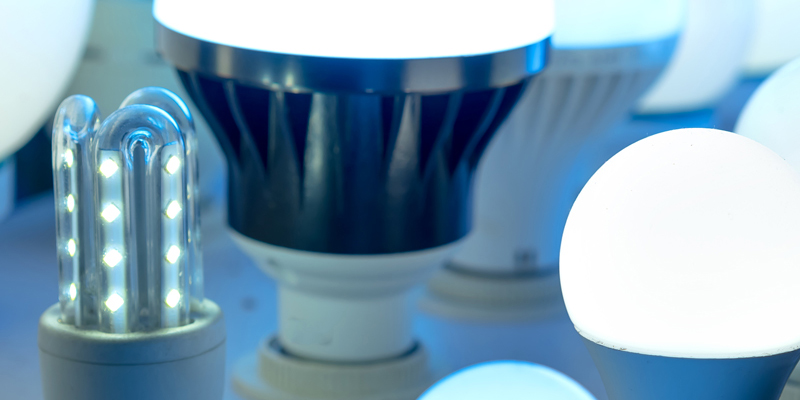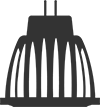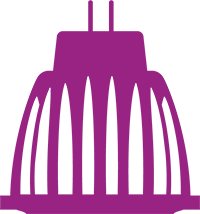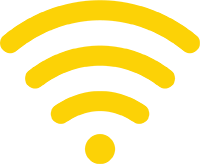Improving the Mp metric for evaluation of Flicker

TLM (temporal light modulation) related measurements and calculations have become a focus with new regulations by European Commission and other regulatory authorities setting limits for TLA (temporal light artefacts) for LED lighting products. Generally, the regulations rely on PstLM (IEC TR 61547-1-2020) for flicker and SVM (TR 63158-2018) for stroboscopic effects. Due to the complexity […]
Understanding LED performance: Evidence-based approaches to supporting stakeholders of energy-efficient lighting programmes

The SSL Annex takes an evidence-based approach to evaluating LED product performance. Using comprehensive market data from product registries and other sources, the Annex developed recommendations on product performance and research into test methods that reduce the time and cost burden for government, industry and consumers. This paper highlights several activities that exemplify this evidence-based […]
Detailed Characterisation for Smart Dynamic Lighting

Smart lighting is gaining ground with increased speed driven by market demands for enhanced comfort, greater energy efficiency and simulating the the natural rhythm of daylight. But how do smart lighting sources perform when the light is dimmed, and when the colour temperature is changed? Is there a need for better characterisation? This paper presents […]
Measurement of temporal light modulation: improving calculation methods for stroboscopic effect visibility measure

The SSL Annex is conducting an Interlaboratory Comparison (IC 2022) on the measurement of temporal light modulation (TLM) from SSL products. In this context, uncertainty associated with SVM calculations must be minimised and remain consistent across a range of waveform measurement parameters (e.g., sampling frequency, duration) used in different systems. This presentation discusses two methods […]




































